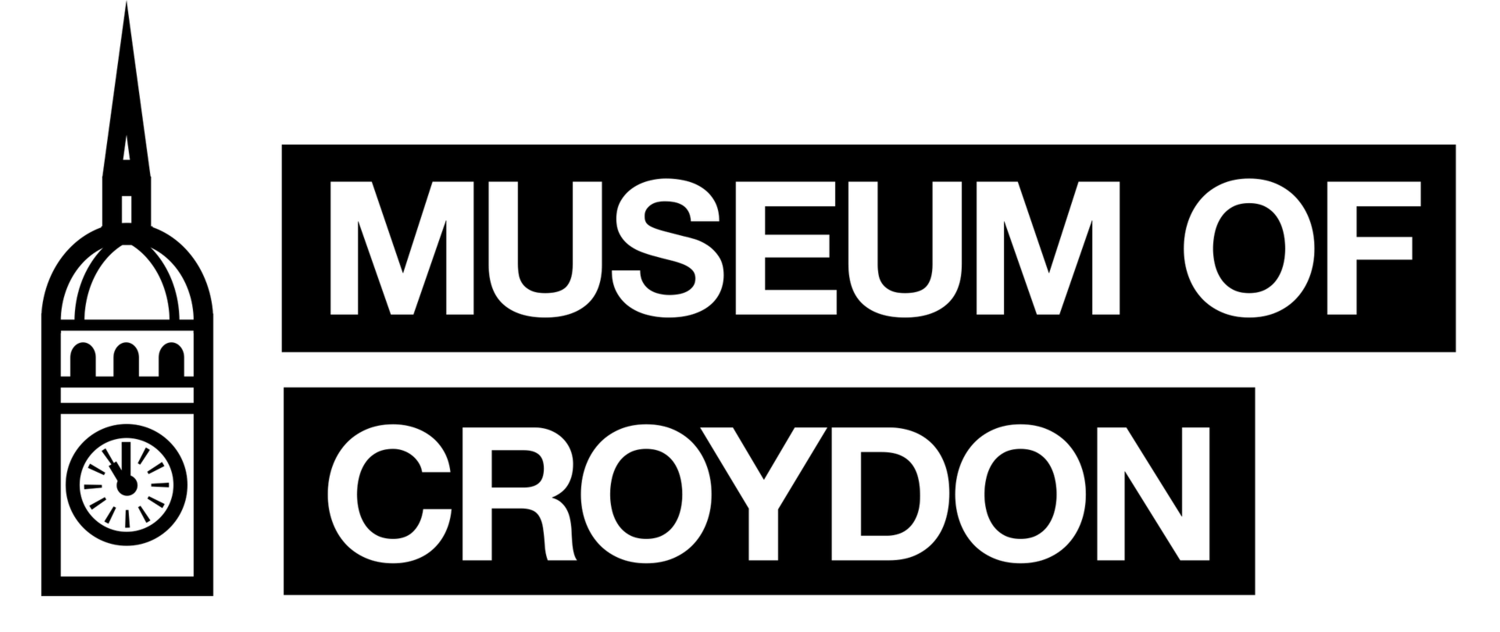Christmas Entertainment in South Norwood Before WWII
In South Norwood, in the 1880’s, people went to school and church halls for their entertainment, which was mostly limited to amateur chamber concerts and recitals, but as more people moved into the area, they wanted greater variety.
An influential, artistic community grew up and by 1893 The Rylands was opened up to the public and the Leete family were also offering the use of their house, Eversden. From 1882 – 1885, in December and January, you could buy tickets to see Mr & Mrs Arthur Leete and their family and friends in Tableaux Vivants, a Farce, or performances of Gounod’s opera, Faust. Audiences were big enough to justify printing programmes, and local philanthropist William Stanley’s interest was recorded in a note at the bottom of one of these programmes: Lime Light kindly lent by WF Stanley esq.
In the 1890s, the round of entertainment gravitated towards Christmas and Easter. Single performances were still scattered throughout the year but these holidays attracted events that became more and more ambitious. Christmas performances weren’t noticeably festive then, but oratorios such as Haydn’s Creation, Mendelssohn’s Hymn of Praise and Handel’s Messiah were on offer at the Pembroke Hall in Selhurst.
Ambition and audiences out-grew the spaces available and South Norwood’s Public Hall was in high demand. In 1902 William Stanley appears on the committee of the Anerley Musical Society: his interest in local Arts had lasted. He recognized the need for a purpose-built Arts Centre, and The Stanley Halls, designed and financed by him, were opened on 2 February 1903.
For a while Pembroke Hall held on, with Selhurst Musical Society’s performances of Handel’s small-scale opera, Acis and Galatea, in December 1904, and Coleridge Taylor’s smash hit, Hiawatha’s Wedding Feast in December 1907. The newly-formed Norwood Amateur Opera Company raised the stakes with its first Christmas production at the Stanley Halls in 1904. Verdi’s opera, Il Trovatore, had a cast of over 70 compared with the 30 or so involved in Acis. It made the most of the new Concert Hall and started a trend for Christmas performances of Grand Opera.
In the years up to World War I, under the direction of composer William Hurlstone who lived in Alexandra Road (now Hurlstone Road), Tannhauser, Lohengrin, Faust, Carmen, and The Barber of Seville formed the core of Christmas entertainment. This last was repeated, in December 1913, in Croydon, as a benefit concert for the 1st Battalion Croydon Reserves. In 1919 when Christmas performances resumed after the war, a note on the back of one programme listed the names of seven of the Society who ‘laid down their lives in the War’: three of them from the same family.
Christmas Opera continued through the 1920s, but, in the 1930s, Kathleen Norton Collins’ dance class & the Una Kimber ballet school started to put on Christmas Dance displays at the Stanley Halls. A master at the Technical School produced several Gilbert & Sullivan operettas, and from then on, the range of events opened up.
At the start of World War II Stanley Halls closed for entertainment, and by 1945 tastes had moved away from Grand Opera. When St Mark’s Players became established at the Stanley Halls, the tradition of the Christmas Pantomime took off.
Lindsay Ould, Borough Archivist
Research: Judith Burden
Sources: Edward Phillips Scrapbook – Croydon Archive,
History of South Norwood – Elois Akepan,
Various – Stanley Halls Archive,
Croydon Guardian.
January 2021

